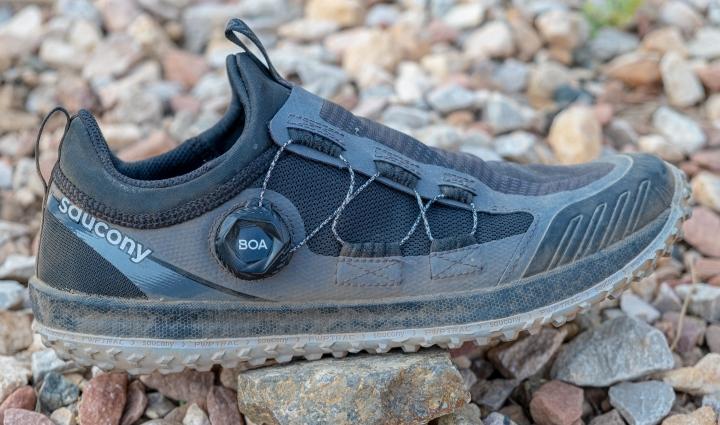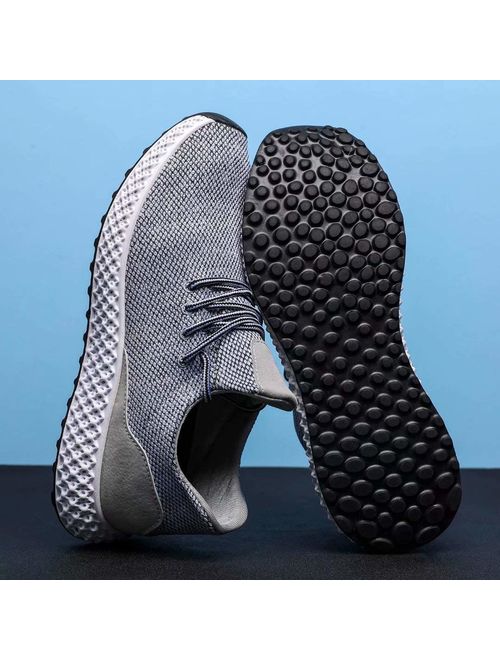

That’s no longer a problem – I’m just as comfortable in barefoot shoes as I am wearing no shoes at all. Prior to switching to barefoot shoes, I always wanted to take off my shoes at work and stroll around in my socks. Improved proprioception – that’s the awareness of our body’s positioning and movement – is another big benefit, and is easily dulled by wearing thick-soled shoes.įrom a personal perspective, I’ve found comfort to be another major plus. In a similar way, finding your natural stride can also help correct posture and spine alignment when you move as your whole body has a stronger, better-aligned foundation. This can slowly facilitate an improvement in muscle strength, and realign muscle fibres in the foot that may have become weakened and skewed from daily shoe wearing. Since barefoot shoes have no major cushioning or arch support, our feet can work just as they did when we ran and walked barefoot as children. So what are those benefits? Regaining a natural gait is the main one. The best running headphones to buy in 2023 Of course, if you’ve never had any foot pain or injuries, you may not see as much benefit from barefoot shoes as someone who has. What are the benefits of wearing barefoot shoes?ĭo you breathe a sigh of relief when you kick off your clogs at the end of the day? If so, it might be time to make a change. The natural function of the longitudinal arches is to act as a spring that loads and unloads with each step. Minimal arch support: A healthy foot does not need a thick protective pad between the arch and the ground.Over time, barefoot shoes may be able to restore your toe splay. As we get older, our naturally splayed toes become cramped and curled by the mechanical forces being applied to them (by shoes). Wide toe box: Toe boxes on regular shoes cram the toes into a tight space that does not match the actual shape of our feet.Flexible material: Conventional shoes – especially hard dress shoes and high heels – do not allow our feet to bend with each step as they normally would, preventing natural walking and running movement.The feet are just as biomechanically complex as the hands, but a thick sole prevents our feet from accurately sensing the surfaces beneath us. Ultra-thin sole: Barefoot shoes have extremely slim soles, which allows for greater sensory feedback.This is not how humans evolved to walk, and if done barefoot would quickly result in heel injury. Minimal padding: When wearing shoes with padded heels and soles, people tend to develop a habit of exaggerated heel-striking when they walk and run.The body has to lean back to compensate for the elevated angle, which disrupts posture and gait. No elevated heel: Standard shoes have a raised heel section, or “heel drop”, which forces us to adjust our balance while wearing them.This means their build usually varies from conventional shoes in several key ways: That’s not to say that style is irrelevant, but first and foremost they’re designed to let your feet move as naturally as possible. The main purpose of barefoot shoes is functionality.

#Slip on minimalist shoes full#
Check our full guide below, which should get you primed and ready to make an informed buying decision. There are a few things you may want to consider before jumping into your first pair of barefoot shoes.
#Slip on minimalist shoes how to#
How to choose the best barefoot shoes for you Best for casual style: Vivobarefoot Geo Court III | Buy men's | Buy women's.Best running shoes: Vibram FiveFingers KSO Evo | Buy men's | Buy women's.Best lightweight shoes: Vivobarefoot Primus Lite III | Buy men's | Buy women's.READ NEXT: The best trainers for men and women Below, you’ll find a guide that explains the benefits and potential pitfalls of barefoot shoes, and, after that, you’ll find our pick of the best models you can buy right now. If you’re reading this article, the chances are you’re already interested in barefoot shoes and are wondering which ones to buy. Humans didn’t always wear shoes – for most of evolutionary history we’ve gone barefoot. So why should you use them? Barefoot shoes are designed to promote freedom of movement while also strengthening your feet, which grow weak over time due to the excessive cushioning and cramped toe boxes found in most normal shoes. They still have a sole, side and upper materials, and use various fastening methods, but they’re much thinner and lighter.

No, barefoot shoes are more like minimalist versions of conventional shoes. Contrary to one common misconception, they’re not just shoes you wear without socks. There’s a lot of confusion about what “barefoot shoes” actually means.


 0 kommentar(er)
0 kommentar(er)
